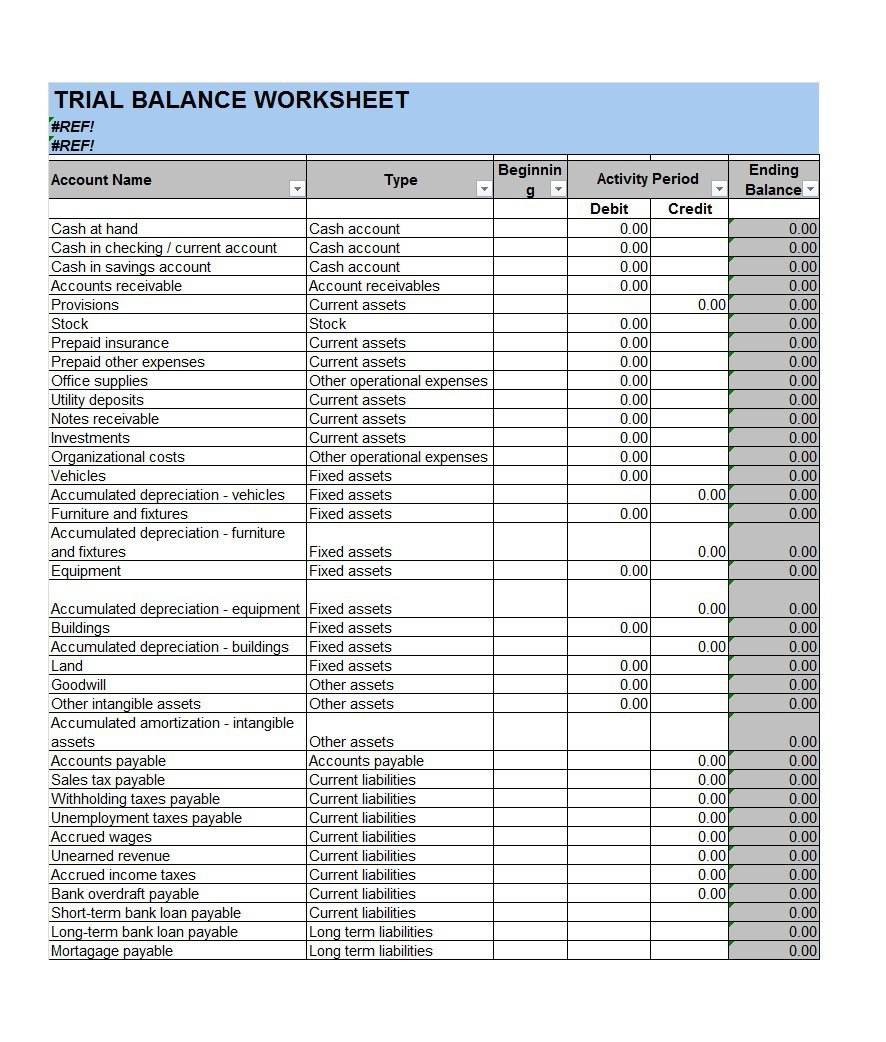
We’ll do a quick, simple analysis of two balance sheets, so you can get a good idea of how to put financial ratios into play and measure your company’s performance. Also called the acid test ratio, the quick ratio describes how capable your business is of paying off all its short-term liabilities with cash and near-cash assets. In this case, you don’t include assets like real estate or other long-term investments. You also don’t include current assets that are harder to liquidate, like inventory. Learn how to build, read, and use financial statements for your business so you can make more informed decisions. According to the historical cost principle, all assets, with the exception of some intangible assets, are reported on the balance sheet at their purchase price.
Who prepares balance sheets?

The composition of the balance sheet is composed of three pieces, which are assets, liabilities, and shareholders’ equity. Here are five steps you can follow to create a basic balance sheet for your organization. Last, a balance sheet is subject to several areas of professional judgement that may materially impact the report.
Ask Any Financial Question
The reason for this equation is that if you take the total assets of the business and then subtract the total liabilities, you are left with the amount that belongs to the business owners. In the the 6 best accounting software for nonprofits of 2021 assets section of the balance sheet, you will notice that there are current and long-term assets. Non-current liabilities are obligations that are not expected to be settled within one year.
Balance Sheet Terms Explained
When the balance sheet is prepared, the liabilities section is presented first and the owners’ equity section is presented later. Long-term assets represent those resources whose value to the company is expected to last longer than one year. When the balance sheet is completed and the starting and ending cash balances that are calculated, the Cash Flow Statement is the next financial statement to tackle.
Shareholder Equity
It allows the company to detect trends by comparing financial figures, such as assets, liabilities, and shareholders’ equity. By using comparative balance sheet formulas like percentage change, common-size ratio and liquidity ratios, the firm can assess its financial health and make decisions to alter its strategy. This blog will highlight the purpose, format, methods of analysis, and benefits of comparative balance sheets, particularly their usage to drive sustained growth and strategic planning. A balance sheet is a financial statement that provides a snapshot of a company’s financial position at a specific point in time. The purpose of a balance sheet is to show what a company owns (assets), what it owes (liabilities), and what is left over for the owners (equity).
- Your balance sheet shows what your business owns (assets), what it owes (liabilities), and what money is left over for the owners (owner’s equity).
- These are amounts owed by a company to its suppliers and utility providers for goods or services that have been received but not yet paid for.
- The balance sheet is an essential financial statement that provides a concise overview of a company’s financial position.
- Excel is an excellent tool to design your own if you are not using accounting software.
- Angela Boxwell, MAAT, is an accounting and finance expert with over 30 years of experience.
Liabilities
The main purpose of preparing a balance sheet is to disclose the financial position of a business enterprise at a given date. While the balance sheet can be prepared at any time, it is mostly prepared at the end of the accounting period. Comparative balance sheets provide a clear picture of financial trends.
Stock investors, both the do-it-yourselfers and those who follow the guidance of an investment professional, don’t need to be analytical experts to perform a financial statement analysis. Today, there are numerous sources of independent stock research, online and in print, which can do the number crunching for you. However, if you’re going to become a serious stock investor, a basic understanding of the fundamentals of financial statement usage is a must. This guide will help you to become more familiar with the overall structure of the balance sheet. The balance sheet, also called the statement of financial position, is the third general purpose financial statement prepared during the accounting cycle. It reports a company’s assets, liabilities, and equity at a single moment in time.
To analyze a balance sheet, you can look at several key ratios and metrics. These ratios include the debt-to-equity ratio, current ratio, and return on equity. These ratios can help you understand a company’s financial health and its ability to meet its financial obligations. Liabilities are what a company owes, such as loans, accounts payable, and taxes.
